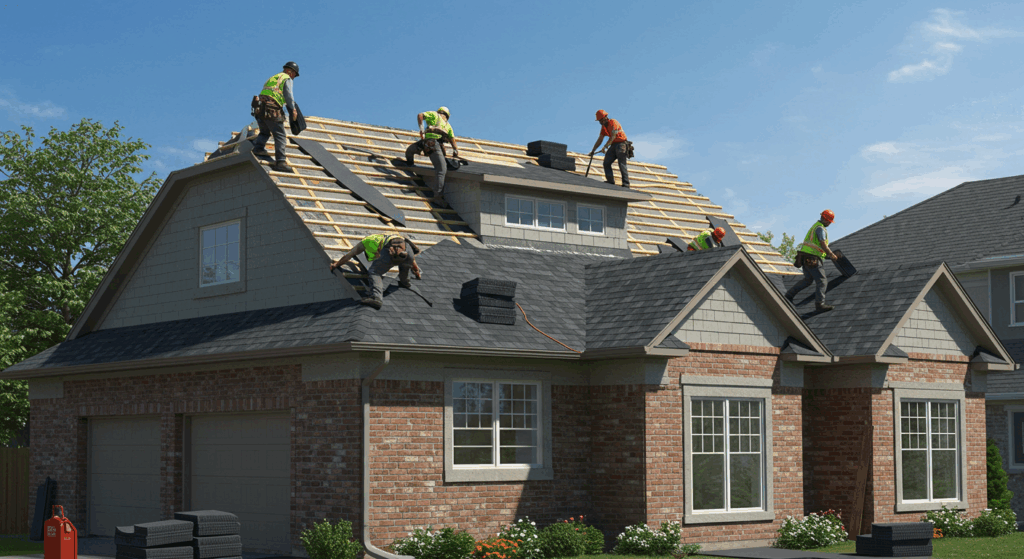Replacing a roof is one of the most important investments you can make for your home. While the upfront expense may feel overwhelming, a quality roof provides long-term protection, energy efficiency, and property value. Let’s break down what affects the cost and how to plan your budget.
Factors That Influence the Price
The cost of a roof replacement depends on several factors:
Roof Size & Pitch: Larger or steeper roofs require more materials and labor.
Material Choice: Asphalt shingles are budget-friendly, while metal and tile roofing offer longevity at a higher cost.
Labor & Expertise: Certified contractors may charge more upfront, but their workmanship prevents costly mistakes.
Structural Repairs: If your decking or framework is damaged, it can increase the final price.
Average Cost Range
In California, roof replacement can range widely depending on materials. Asphalt shingles may cost less per square foot, while metal and tile roofs—though pricier—often last decades longer.
Long-Term Value
A new roof isn’t just about cost; it’s about savings. Energy-efficient roofing materials reduce utility bills, and a modern roof can increase your home’s resale value. Think of it as an investment rather than an expense.
How to Budget Smartly
Request multiple quotes, explore financing options, and always choose a licensed roofer. Cutting corners may lead to more repairs in the future.

